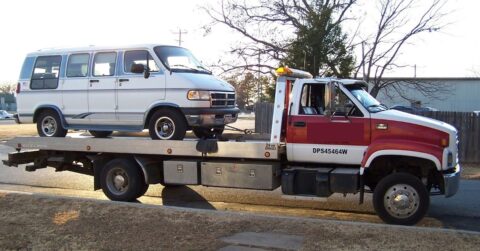In New South Wales (NSW), the roads are frequented by a blend of new and old vehicles, each carrying its own set of risks and benefits.
This blog delves into the reasons why it’s crucial for the safety and well-being of all road users to phase out older cars.
Introduction to Old Car Risks in NSW
The allure of vintage cars is undeniable, but the risks they pose on modern roads are significant.
Many older vehicles in NSW lack the safety features that have become standard in newer models, making them less safe in the event of an accident.
The Ageing Car Fleet in NSW
NSW is home to a large number of vehicles that are over 15 years old.
These cars often lack essential safety features like airbags, anti-lock braking systems, and electronic stability control, which are commonplace in newer models.
Statistical Overview of Accidents Involving Old Cars
Statistics from NSW road traffic authorities show that older vehicles are disproportionately involved in fatal accidents.
This is often due to their inability to withstand impacts as effectively as newer models designed with more advanced safety technologies.
The Dangers of Driving Older Vehicles
Driving an older vehicle is not just about dealing with occasional breakdowns; it’s about contending with fundamental safety deficiencies that can have fatal consequences.
Lack of Modern Safety Features
Most old cars on NSW roads do not have the safety mechanisms that are standard today.
Features like curtain airbags, emergency brake assist, and pedestrian detection systems are absent, which significantly increases the risk of severe injuries in accidents.
Higher Failure Rates and Maintenance Issues
As cars age, they require more frequent repairs. Components such as brakes, steering systems, and tyres degrade over time, increasing the likelihood of failure during critical moments on the road.
Environmental Impacts and Emissions
Older cars are not just a safety hazard; they are also worse for the environment.
They typically have poorer fuel efficiency and higher emissions of pollutants like nitrogen oxides and particulate matter, contributing to air quality problems in urban areas.
Regulatory Standards for Vehicles in Australia
Australia’s vehicle regulations are designed to ensure that all vehicles on the road meet minimum safety standards. However, older vehicles often fall short of these modern criteria.
National Road Safety Regulations
The Australian government has set rigorous standards for vehicle safety, including requirements for crashworthiness and occupant protection.
Older vehicles, designed before these standards were implemented, are often not compliant.
Specific Laws Governing Vehicle Age in NSW
In NSW, specific laws require regular safety inspections for older vehicles.
However, these checks can only ensure that vehicles meet the standards of their time, not the far more stringent contemporary safety standards.
Economic and Social Implications of Old Cars
While the economic allure of older cars is clear—they are often cheaper to purchase—their long-term costs in terms of maintenance and safety can be substantial.
The Cost of Maintaining Older Vehicles
Maintaining an older car in NSW can be costly. Frequent servicing is required, and replacement parts for older models are often more expensive and harder to find.
Impact on Road Safety and Public Health
The continued use of older vehicles poses risks not only to the drivers but to all road users, including pedestrians.
Their involvement in accidents can lead to greater injuries, contributing to public health concerns.
Modern Alternatives to Old Cars
The automotive industry has made significant advancements in safety and efficiency, offering compelling alternatives to older vehicles.
Advancements in Automotive Technology
New cars are equipped with advanced safety technologies, including automatic emergency braking, lane-keeping assist, and adaptive cruise control, which significantly reduce the risk of accidents.
Benefits of Newer and Safer Vehicles
Switching to a newer vehicle not only enhances safety but also offers better fuel efficiency and lower emissions, contributing to environmental sustainability and reduced operational costs.
Government Initiatives and Incentives
The NSW government has implemented several initiatives to encourage drivers to transition from old to new cars, enhancing road safety.
Scrappage Schemes and Subsidies for Old Car Removal
Government programs offering financial incentives for trading in old cars have seen significant uptake, helping to modernize the fleet on NSW roads.
Encouraging the Adoption of Safer, Greener Vehicles
These incentives not only make roads safer but also promote environmental stewardship by phasing out high-emission vehicles.
The Road Ahead for Vehicle Safety in NSW
Removing old cars from NSW roads is a critical step toward a safer, greener future.
Summary of the Importance of Removing Old Cars
The evidence is clear: older vehicles are both a safety risk and an environmental burden. Their removal benefits everyone by reducing the likelihood of accidents and improving air quality.
Future Prospects and Policy Directions
Looking forward, continued efforts are needed to ensure that the vehicle fleet in NSW remains modern, safe, and environmentally friendly.
This will require ongoing commitment from both the government and the public to embrace newer, safer vehicle technologies.












